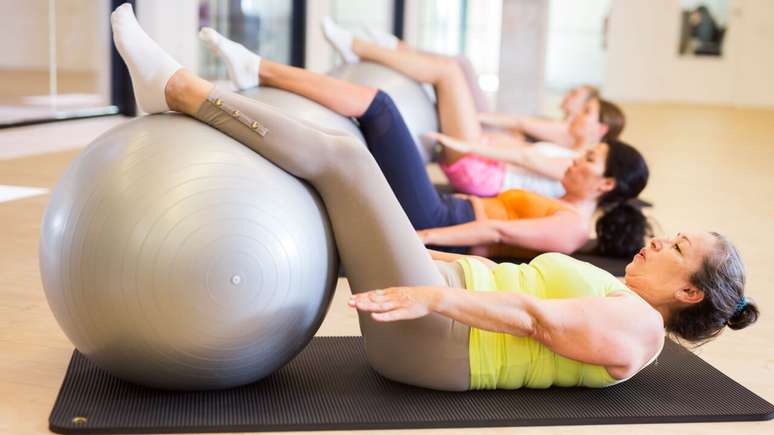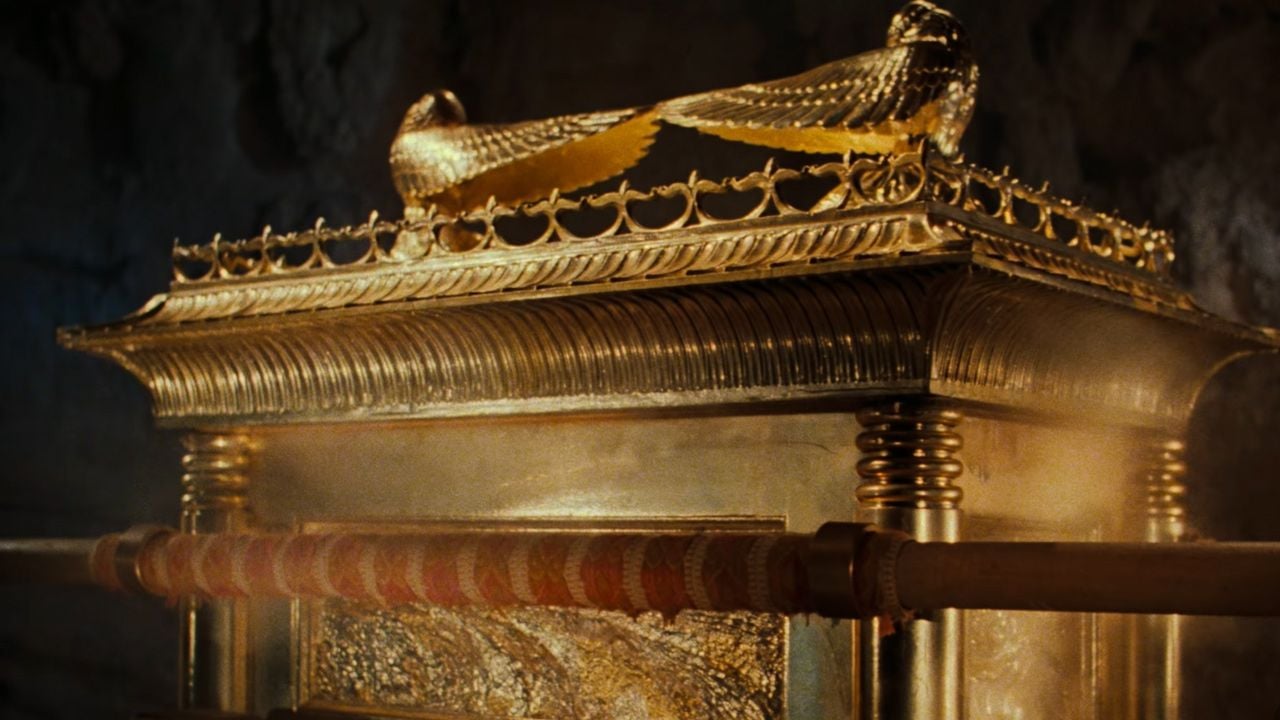This is another topic demystified by Sport Life to facilitate this practice
Pilates, invented by Joseph Pilates in the 1920s, proposes a “connection” between the body and the mind. In this sense, those who adhere to this practice feel benefits in posture, strength, balance and flexibility of the body. Yet there are those who question the benefits of this method of physical exercise, for example: does Pilates make it difficult to lose weight?
Understand if Pilates makes it difficult to lose weight
“Difficulty in losing weight or gaining strength and muscle mass may be linked to body inflammation. It is necessary to evaluate blood tests, good habits, such as nutrition and sleep, exercises, which make you work the student in a unique way, such as weight training and functional training”, responded exclusively to Sport Life, physiotherapist and partner of Studio Vitaflex Thiago Costa.
In this way it is clear that it makes no sense to engage in a Pilates session, but at the same time not worry about other health-related habits.
“Repetition with correction until exhaustion leads to perfection. Pilates is not different exercises for each lesson. There is a sequence of exercises to be performed and as the student repeats the movement it becomes more and more improved and effective”, Costa said.
Other interesting facts about the impact of pilates
Although there is a guideline for working all muscle groups, Pilates results vary depending on the number of sessions in a week, which didn’t stop Thiago from making a prediction.
“We work at basic, intermediate and advanced levels in Pilates. The result depends on the number of times a week. Typically, students who practice Pilates only twice a week as exercise see results in three months,” he said.
It is worth noting that it does not matter if a person has a herniated disc or bad posture, that is, he will not be prevented from practicing Pilates. The difference is that an evaluation with a professional will determine the pace of training.
“Pilates aims to develop a uniform body. We must evaluate and find out where that herniated disc comes from, which could be a consequence of a poorly structured body, i.e. irregular or even due to a psychosomatic issue. The student’s evaluation must be done in depth and then a targeted training program will be carried out”, added the physiotherapist.
Is it possible to replace pilates with weight training?
“Yes, but there are differences between the two. In bodybuilding, common hypertrophy occurs. While in pilates, organized hypertrophy occurs. Organized hypertrophy causes the practitioner to work on muscle flexibility by strengthening and increasing muscle mass People who seek a gradual increase in mass, which leads to changes in their body, should give priority to bodybuilding”, concluded Thiago Costa.
Source: Terra
Ben Stock is a lifestyle journalist and author at Gossipify. He writes about topics such as health, wellness, travel, food and home decor. He provides practical advice and inspiration to improve well-being, keeps readers up to date with latest lifestyle news and trends, known for his engaging writing style, in-depth analysis and unique perspectives.






-1h7z8ugdh88jb.jpg)

